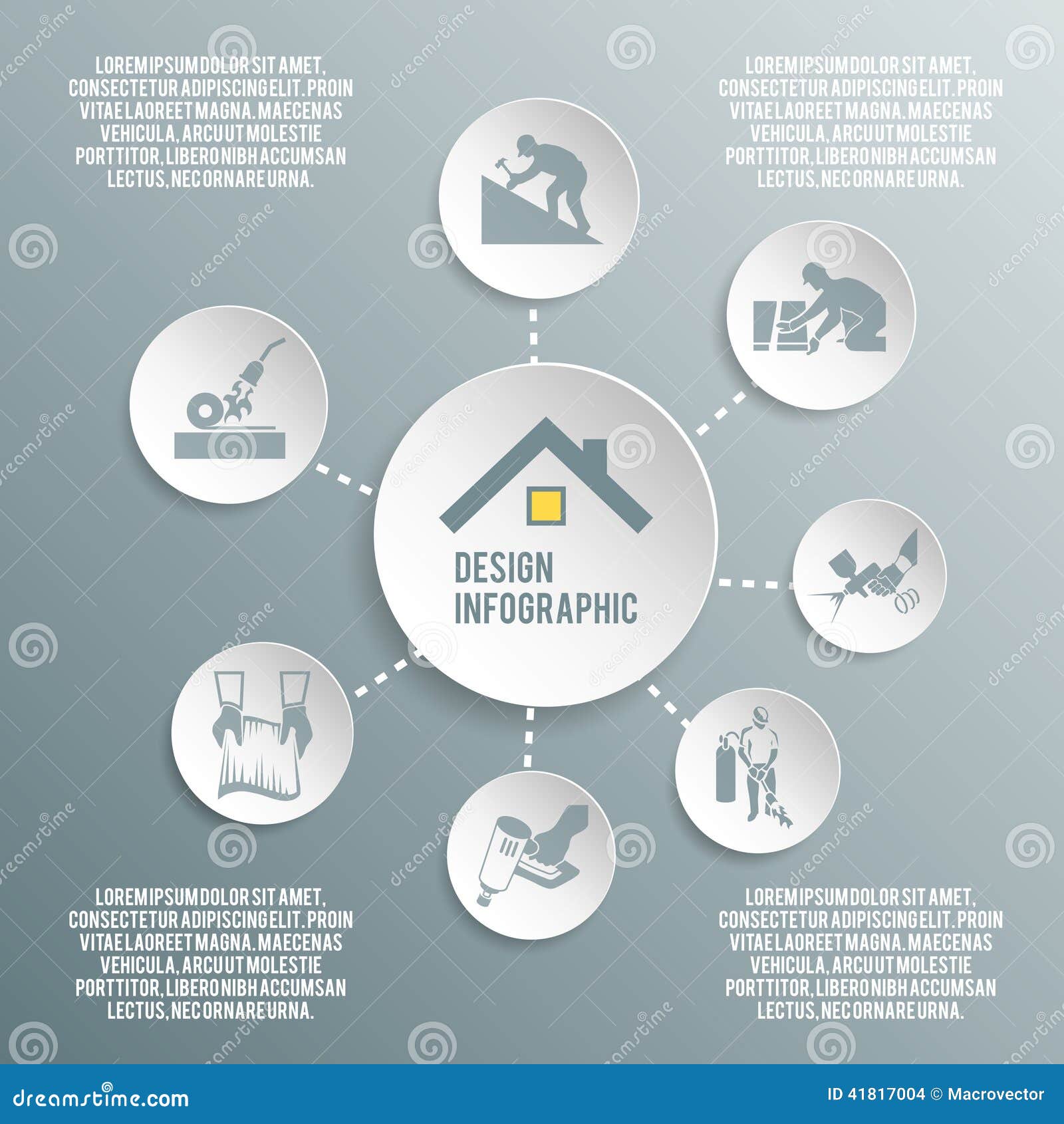Solar Power'S Future: Insights And Projections For The Market In The Near Future
Solar Power'S Future: Insights And Projections For The Market In The Near Future
Blog Article
Material By-TRUE Daniels
As you contemplate the future of solar power, imagine a landscape where development and sustainability converge. https://archeraglpv.blog-a-story.com/9999523/the-eco-friendly-ramifications-of-solar-panel-installations-forming-a-sustainable-future coming years hold the pledge of considerable improvements in solar modern technology, reshaping the industry as we understand it. With efficiency gains and expense reductions imminent, the potential for solar energy to transform our energy landscape is enormous. Keep tuned to discover how these growths will form the future of renewable energy and propel us in the direction of a greener tomorrow.
Technological Improvements in Solar Panels
Solar panels have witnessed remarkable technological advancements recently. One significant enhancement is the boost in effectiveness, enabling solar panels to transform sunshine into electrical energy more effectively. This has actually been accomplished through innovations in materials and design, making solar energy a much more feasible and affordable choice for renewable resource sources.
One more vital growth is the decrease in prices associated with production and setting up solar panels. As modern technology has progressed, manufacturing procedures have come to be more streamlined, bring about lower rates for consumers. Additionally, the resilience and life-span of photovoltaic panels have improved, making them an extra sustainable and lasting financial investment.
Innovations in energy storage technology have additionally played a vital role in boosting the effectiveness of solar panels. Batteries and other storage solutions have come to be a lot more efficient and budget friendly, making it possible for customers to save excess energy created during the day for usage at night or during durations of reduced sunlight.
Increased Adoption in Various Industries
With the demand for sustainable energy services increasing, different industries are significantly integrating solar energy systems right into their procedures. https://www.moneysavingexpert.com/utilities/free-solar-panels/ in fields such as production, agriculture, and transport are leveraging solar power to reduce their carbon impact and operating costs.
In manufacturing, solar panels are being installed on rooftops to power machinery and lighting, resulting in considerable savings on power bills. Farming is likewise accepting solar power by using it for watering systems and powering farm equipment, therefore reducing standard fuel expenditures. Moreover, the transport industry is taking on solar technology for billing electric lorries and illuminating car park.
The trend of enhanced adoption of solar energy across sectors is driven by the wish to be extra environmentally friendly and decrease reliance on non-renewable energy sources. As solar modern technology remains to breakthrough and come to be much more cost-efficient, we can anticipate to see even wider integration of solar energy systems in numerous industries in the coming years.
Policy Changes Driving Solar Development
Accepting renewable energy resources is important for lasting growth in today's world. Policy changes play a considerable role in driving the development of solar energy. Federal governments worldwide are implementing various actions to promote the fostering of solar energy. Motivations such as tax credit ratings, discounts, and feed-in tolls encourage individuals and organizations to invest in solar innovation.
In addition, regulations mandating a certain percentage of power to come from eco-friendly resources push energy business to include more solar into their power mix. Furthermore, plans concentrating on net metering enable solar users to sell excess power back to the grid, making solar setups more financially feasible.
In some areas, renewable profile standards need a certain portion of electrical energy to be produced from solar power, producing a steady demand for solar power. These policy changes not just drive the development of the solar sector yet also contribute to lowering carbon emissions and combating environment change. By sustaining and implementing such policies, federal governments can increase the shift to an extra sustainable energy future.
Final thought
To conclude, the future of solar power looks intense with continuous technological advancements, increased adoption across industries, and supportive policy changes. With higher effectiveness levels, reduced expenses, and improved power storage space options coming up, solar power is readied to play a critical duty in the international shift to a cleaner and much more lasting power future. Accept the capacity of solar energy and belong of the renewable energy revolution!
